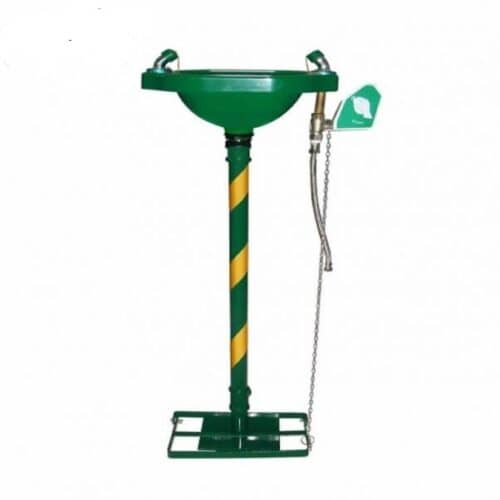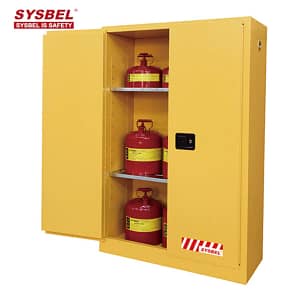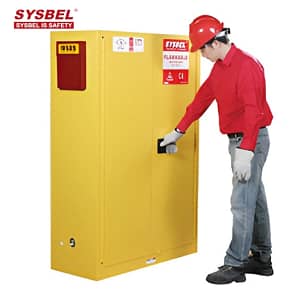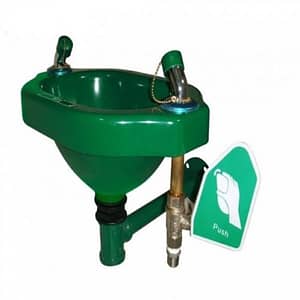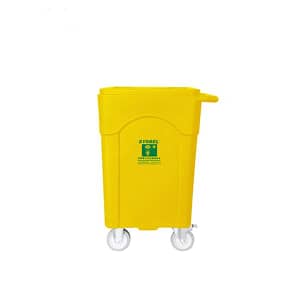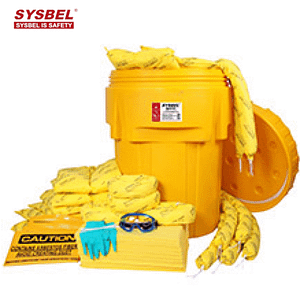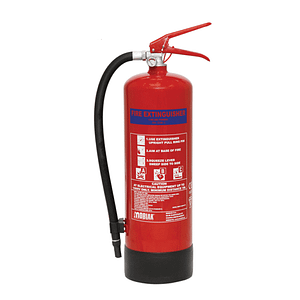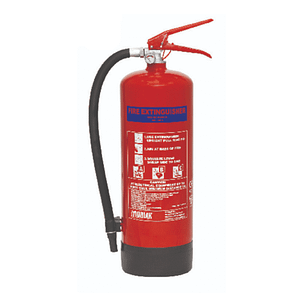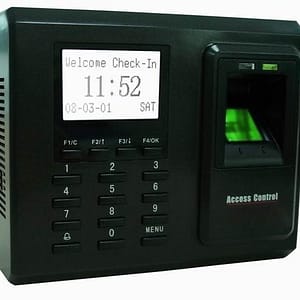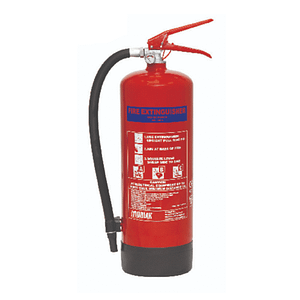Description
Eyewash Station is a permanent or portable emergency fixture designed to deliver a steady, copious, and flushing stream of potable preserved water or solution to the eyes and face. Its primary and vital function is to provide immediate, on-site first aid to personnel whose eyes have been exposed to hazardous chemicals, foreign materials, or high heat.
Features:
- Continuous, Sustained Flow: The most critical feature: Eyewash stations must deliver a flow of flushing fluid at a controlled rate for a minimum of 15 continuous minutes to thoroughly rinse the eyes and mitigate injury severity, as mandated by the ANSI Z358.1-2014 standard.
- Accessibility: Must be installed or placed such that they are accessible within 10 seconds (unobstructed travel time) from the location of the hazard.
- Dual Eyewash Nozzles/Heads: Features two heads that deliver a gentle, soft, and aerated stream of fluid to both eyes simultaneously, ensuring comprehensive coverage without causing further injury to the eyes.
- Easy, Single-Action Activation: Designed for quick, single-action, and hands-free operation (once activated). Activation mechanisms are usually highly visible push flags or pull handles that remain open until intentionally closed.
- Plumbed Eyewash: Permanently connected to the facility’s water supply and drainage system. Offers continuous, high-volume flow (often combined with a safety shower).
- Portable Eyewash: Self-contained units (bottles, gravity-fed tanks, carts) used where plumbing is unavailable or temporary. They store a pre-measured volume of fluid or solution.
- High-Visibility Construction: The fixtures and surrounding areas are typically high-visibility (safety yellow or green) and clearly marked with universally recognized signage.

